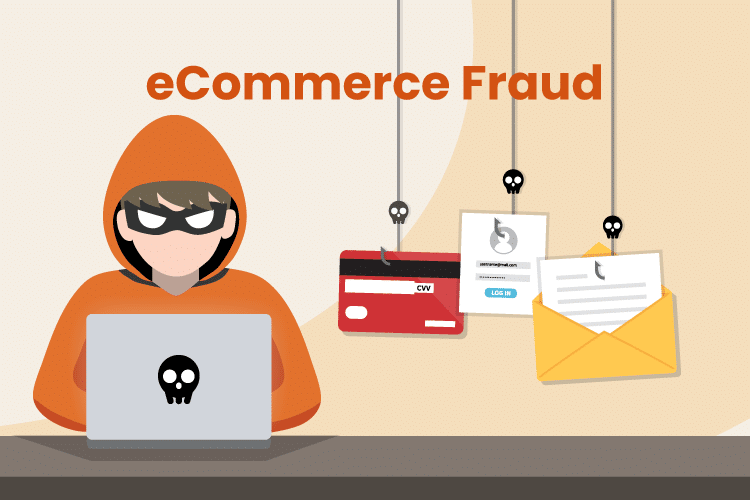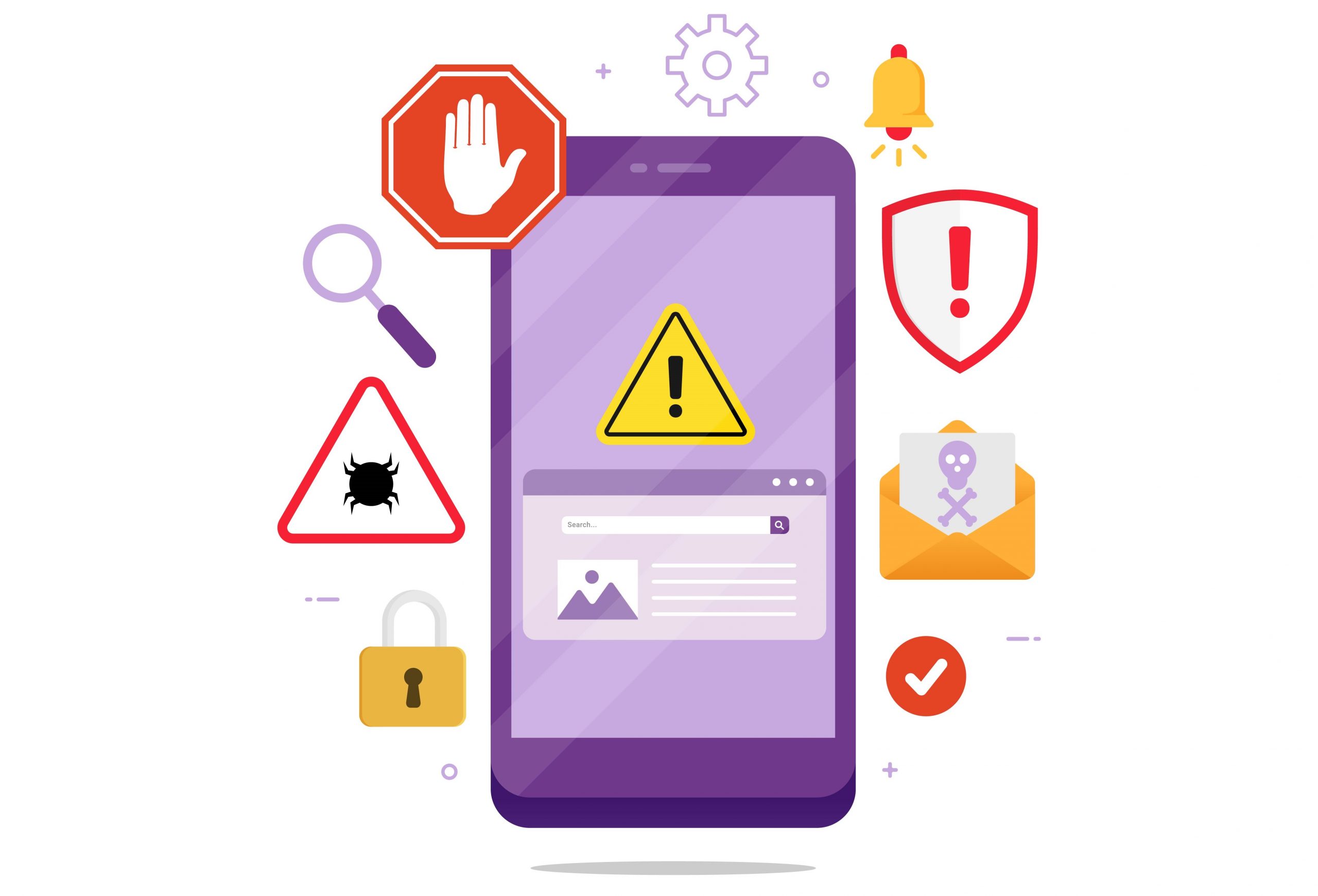Everyone wants a piece of the Ecommerce Fraud pie. It seems that there are some bad actors who want to be part of the eCommerce action. They’ll do whatever it takes to get it. Fraud costs merchants an average of 1.6 percent annually. However, some online retailers have lost as much as 12 per cent of their revenue.

Merchants today must be proactive in avoiding fraud charges. However, there are many opportunities for them make mistakes. Merchants make on average 18 errors per page when reviewing suspicious orders. These errors can lead to false declines or increased costs. Each merchant’s eCommerce fraud prevention strategy is different.
How can merchants prevent fraud and create better user experiences?
Let’s take a look at these 9 eCommerce fraud prevention best practice
1) Create a profile of your typical buyer
It is important to have a detailed buyer profile in order to prevent fraud. However, it is important to keep in mind that every business has its own purchasing characteristics. A few examples include:
Because their products are more in demand, smaller eCommerce retailers may be susceptible to greater fraud than larger ones.

Ecommerce Fraud a lack of reputation could put new businesses at greater risk than existing businesses.
Companies that do business primarily in cash may be more vulnerable to fraud than those who request payment before shipping.
Ecommerce merchants need to spend time analysing the type of transactions they are seeing. This includes where and how often they occur. This information will allow them to create a better buyer profile and detect suspicious activity.
2) Reduce the number variables involved in your business process
Fraudsters excel at exploiting loopholes within a business’ systems. Businesses that have too many systems and too many rules within their systems will have trouble preventing fraud spikes.
Ecommerce merchants must determine which variables are necessary and how they interact with each other. They need a single-size-fits all approach, at least when it concerns handling suspicious orders.
3) Establish a trust network
This is one of most overlooked eCommerce fraud prevention best practice. Merchants learn quickly that trust is a key component of any business relationship. Building trust takes effort and time. It can also be costly and labor-intensive. High-quality customer service can help you win customers’ trust and make your business more profitable in the long term. They are less likely to be a source for future fraud.

Ecommerce merchants must build trust relationships with their customers. Customers should always come first. This means that ecommerce merchants must use an automated online support tool to provide positive experiences while still having human involvement when necessary.
4) Be on the lookout to advanced fraud strategies
Simple credit card phishing is long gone. Modern eCommerce criminals may use malware to steal customer devices or create sophisticated bot networks to trick people into believing that they are getting lots of legitimate traffic. To maximize profits and minimize risk, they also use layered transactions.
Ecommerce merchants should be alert for advanced fraud techniques and invest in a human-powered review system as soon as possible in order to capture these criminals before any damage is done.
5) Keep a Blacklist Ecommerce Fraud
An eCommerce company must maintain a network of trust and have a blacklist which includes customers who are unable or unwilling to pay for orders due to fraud suspicions. This list should be kept up to date, especially if the company accepts payments in other currencies or from different places. Some eCommerce companies noticed an increase in fraudulent orders from Great Britain after Pound Sterling was made a currency option.

Ecommerce merchants must ensure that their blacklisting process works efficiently. They must also ensure that the blacklisting process is not blocking legitimate customers or transactions.
6) Keep an eye out for red flags Ecommerce Fraud
- Common indicators that a customer may be engaging in fraud are:
- Use an email address that appears fake or anonymous.
- Multiple items ordered from one website but paid with different credit cards or PayPal accounts.
- Refuse to provide a physical address or a business location.
- Asking for gift cards to be used as a method of payment.
The same way eCommerce merchants can build a trust network with customers, they will also want to establish a network that flags potential fraud in individual transactions.
7) Use antifraud services
It is important that eCommerce companies invest in their own anti-fraud service. However, they should also consider third-party services. Third-party services can offer the same service using different methods depending on each business’ needs. Ecommerce Fraud These services are expensive but can be a valuable part of keeping criminals at bay.
8) Double-check that IP address and credit card address are compatible
One common tax fraud technique is to use stolen credit cards numbers to make purchases. However, when cardholders receive their monthly statements they discover the charge and call their bank. The eCommerce merchant won’t get paid if they can cancel the payment before it’s been processed. It is important to verify that the address where the credit card was registered matches the IP address.

A discrepancy could indicate that there is something wrong. Reputable companies will not ship to addresses other than those listed on customer credit card statements. They might be prompted to look into the possibility of receiving a request for an alternate address.
9) Secure payment methods
An additional way eCommerce merchants can combat fraud is to offer customers secure payment options such as Apple Pay and PayPal Credit. Criminals may phish customers’ credit cards in order to purchase items from another company with the same number. Criminals can steal credit card numbers and use them to shop on the exact same sites that their victims shop at.
Secure payment options reduce the risk of fraud by reducing one of the steps involved in this crime. While it is possible for criminals to come up with new methods, making it more difficult on them is another form of self-protection.